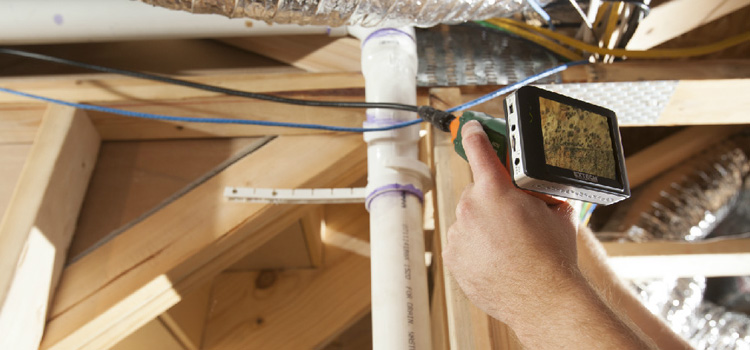Guaranteeing Post Remediation Verification Accuracy
Guaranteeing Post Remediation Verification Accuracy
Blog Article
Your Ultimate Overview to Article Mold Remediation Techniques
Navigating the realm of post-mold removal strategies is a thorough procedure that demands attention to information and a comprehensive understanding of the intricacies included. In the consequences of mold problem, understanding exactly how to successfully eliminate the mold and stop its reoccurrence is extremely important for keeping a healthy and balanced indoor environment. From picking the appropriate cleaning and disinfecting approaches to carrying out techniques for lasting mold prevention, each step in the remediation trip plays a critical duty in ensuring an effective result. As we get started on this exploration of post-mold removal methods, we will discover the vital techniques and best practices that can aid you restore your room to its pre-mold condition and safeguard it against future mold and mildew risks.
Recognizing Post-Mold Remediation Process
After finishing the mold remediation process, it is essential to recognize the post-mold removal strategies that are essential to ensure a complete and effective cleanup. Once the mold has been removed, the following step involves cleaning and disinfecting the affected locations to prevent any type of regrowth of mold and mildew. This consists of making use of specialized cleansing agents to wipe down surface areas and eliminate any type of staying mold spores. It is necessary to dry the area totally to discourage the development of mold in the future (After mold remediation). Proper air flow and dehumidification can aid in this procedure.
Additionally, conducting a last examination post-remediation is crucial to ensure that all mold has actually been efficiently removed. This inspection must entail a thorough visual check as well as potentially air tasting to validate the absence of mold spores in the air. Added remediation might be essential if the evaluation exposes any kind of remaining mold. Finally, educating occupants on preventative actions such as controlling wetness levels and promptly resolving any water leaks can assist maintain a mold-free atmosphere.
Effective Cleaning Up and Sanitizing Methods

Avoiding Future Mold And Mildew Growth

Relevance of Proper Air Flow
Proper ventilation plays a critical role in protecting against moisture buildup, a key element in mold and mildew development within interior atmospheres. Reliable air flow systems aid remove excess humidity from the air, lowering the opportunities of mold and mildew spores finding the moisture they need to germinate and spread out. Without sufficient ventilation, indoor rooms can end up being a breeding place for mold, bring about potential health threats and architectural damage.
By ensuring proper air circulation, air flow systems can also help in drying wet locations faster after water damage or flooding cases, further hindering mold and mildew growth. Post Mold Remediation. Precede like washrooms, basements, kitchen areas, and attic rooms where wetness levels tend to be greater, mounting and preserving efficient air flow systems is essential in preventing mold and mildew infestations

Tracking and Upkeep Tips
Provided the critical function that correct ventilation plays in protecting against mold and mildew read more growth, it is critical to develop effective monitoring and maintenance pointers to make sure the ongoing capability of ventilation systems. Surveillance moisture levels within the home is also vital, as high humidity can add to mold development. By staying conscientious and aggressive to the problem of air flow systems, home owners can successfully mitigate the risk of mold and mildew regrowth and preserve a healthy interior atmosphere.
Final Thought
Finally, post-mold remediation methods are essential for making sure a secure and tidy environment. Recognizing the process, carrying out efficient cleaning and sanitizing techniques, preventing future mold development, maintaining proper ventilation, and normal surveillance are all critical action in the removal procedure. By following these standards, you can successfully eliminate mold and mildew and avoid its return, functioning or advertising a healthy living space for all occupants.
In the after-effects of mold invasion, knowing how to properly eradicate the mold and stop its reoccurrence is extremely important for keeping a healthy interior atmosphere. When the mold and mildew has actually been gotten rid of, Read More Here the following step involves cleaning and disinfecting the influenced locations to avoid any type of regrowth of mold and mildew - testing air quality after mold remediation. After eliminating noticeable mold and mildew development, it is essential to clean up all surface areas in the damaged area to get rid of any continuing to be mold spores. To better boost mold and mildew prevention procedures, it is crucial to attend to underlying problems that originally led to mold and mildew development.Provided the vital function that correct air flow plays in protecting against mold and mildew development, it is imperative to develop effective surveillance and upkeep tips to make certain the continued capability of ventilation systems
Report this page